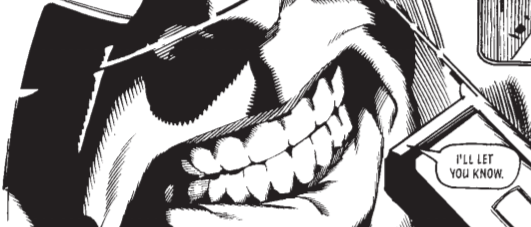(2) TIBERIUS –
JULIO-CLAUDIAN DYNASTY
(14 – 37 AD: 22 YEARS 5 MONTHS 17 DAYS)
Like Claudius, you could arguably swap Tiberius into the top ten, albeit probably with more protest than for Claudius as some people – including contemporary Roman historians – seem to rank Tiberius among the worst. Even the Senate denied him the posthumous divine honors it gave Augustus and Claudius.
Those people are wrong. Indeed, it was a close call for me whom I ranked higher out of Claudius and Tiberius. As we’ve seen, ultimately I ranked Claudius higher, primarily because he inherited the empire from its worst emperor rather than its best – and because he was thrust into the position by the Praetorian Guard without any choice or preparation on his part.
Not that Tiberius was any happier to be emperor, although at least he had been nominated as heir in advance. “At the age of 55. Tiberius seems to have taken on the responsibilities of head of state with great reluctance…He came to be remembered as a dark, reclusive and sombre ruler who never really wanted to be emperor; Pliny the Elder called him ‘the gloomiest of men'”.
The problem for Tiberius is that he was overshadowed by Augustus as his predecessor, even in his own eyes. Perhaps foremost for his contemporaries was his absence of conquests as emperor, accustomed as they were to measuring an emperor by this criterion.
In my eyes, the prudence of Tiberius was exactly what the doctor ordered to consolidate the empire of Augustus – effectively Tiberius was the Hadrian to Augustus’ Trajan, but without withdrawing from any territory.
“Rather than embark on costly campaigns of conquest, he chose to strengthen the existing empire by building additional bases, using diplomacy as well as military threats, and generally refraining from getting drawn into petty squabbles between competing frontier tyrants. The result was a stronger, more consolidated empire, ensuring the imperial institutions introduced by his adoptive father would remain for centuries to come”.
This also overlooks that Tiberius had proved himself under Augustus as “one of the most successful Roman generals: his conquests of Pannonia, Dalmatia, Raetia, and (temporarily) parts of Germania laid the foundations for the empire’s northern frontier”.
It also overlooks an even better part of his prudence, though not unrelated to his prudence with respect to avoiding costly military campaigns – his financial prudence, rare among Roman emperors, such that he left the imperial treasury in huge surplus. Even Suetonius begrudged him that. While Suetonius notes that his successor and worst emperor Caligula squandered this, one wonders if the empire would have survived Caligula’s financial depredations otherwise – or whether the empire would have weathered its crisis of the first century, also known as the Year of the Four Emperors, quite so well but for the part Tiberius played in the empire’s military and financial consolidation.
Of course, it wasn’t just Augustus who overshadowed Tiberius, but Tiberius himself – particularly the latter part of his reign, after he retreated into isolation in Capri from 26 AD and his reign descended into despotism and depravity, albeit both overstated by Roman historians. The former accompanied the rise and fall of his Praetorian prefect Sejanus who effectively ruled Rome in his absence, while the latter was attributed to him in Capri by Suetonius. Let’s just say the less said about his little fishes the better – personally, I think it was just tabloid gossip made up or passed on by Suetonius. He’d probably be in a shoo-in for top ten if he’d died about halfway through his reign.
And like Claudius, when it came to a successor, he chose…poorly.
DID DOVAHHATTY DO RIGHT?
Like Claudius, the other emperor above all others destined to be depicted as a wojak – he “hated triumphs, hated people, hated being alive” (and pretty much hated being emperor as well.
RATING: 4 STARS****
A-TIER (TOP TIER)
EMPIRE BASER











